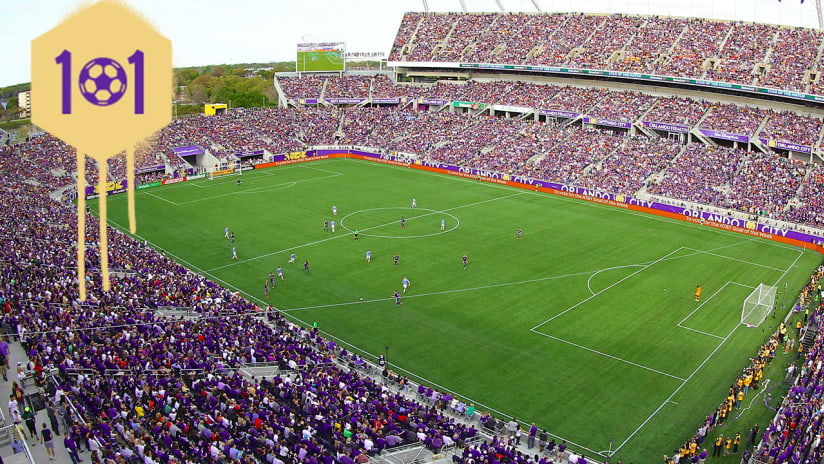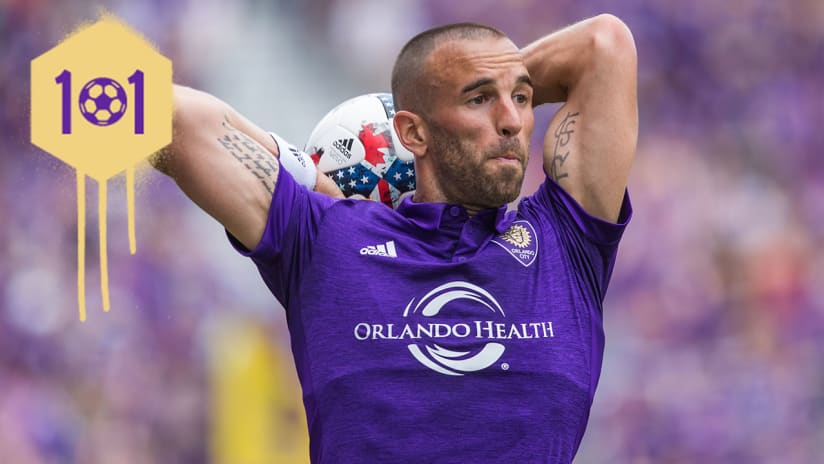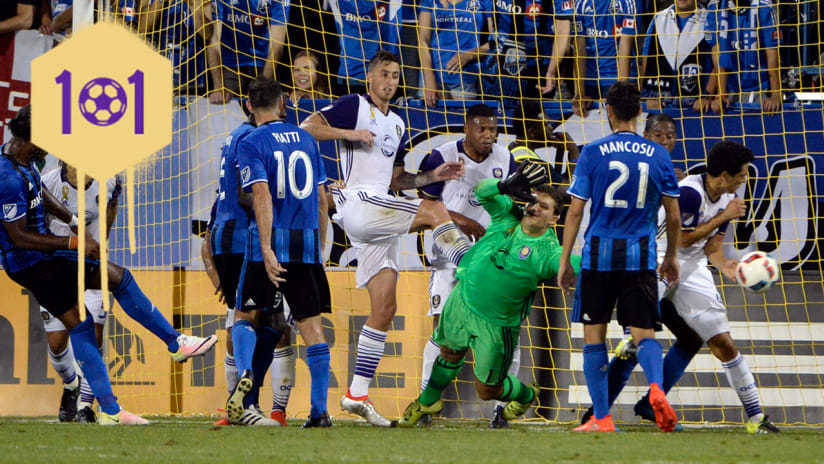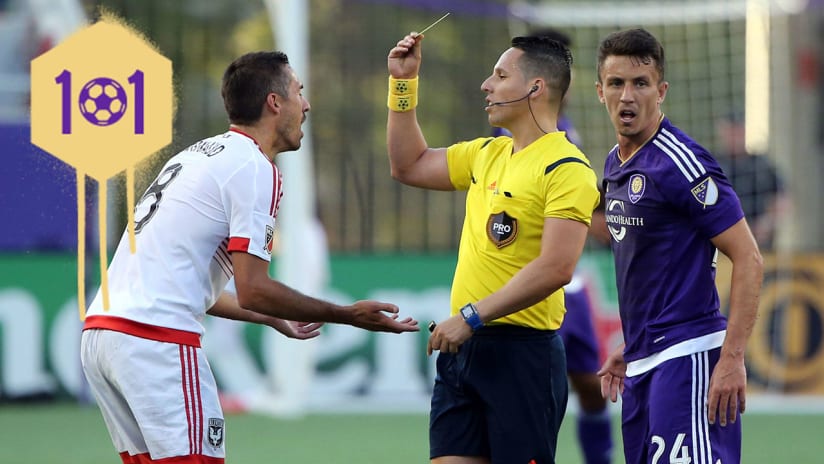While there are common formations that are used by each soccer team, the positions within remain fluid and dynamic. The terms Forward, Midfielder, and Defender seem fairly basic, but they do not confine players to specific thirds of the field. Let’s take a look at the different variations of these three types below.
Forward
Striker, Center Forward, Wingers
As a forward, there are multiple roles each player can maintain. The most common one is the striker. The striker plays straight down the middle ahead of the mid field and can be anything from a tall-target man, to a pacey attacker.
The center forward plays a little deeper than the striker would, and will usually play in lieu of the striker when the manager opts for a front 3. This type of forward will sometimes be confused with an attacking midfielder, but the difference is that the center forward is still usually the furthest man forward, with the occasional exception of the wingers.
The wingers will maintain the width on the left and the right side and will constantly push on the opposing team’s full-backs while feeding the ball into the center forward.
Midfielder
Left Mid, Right Mid, Center Mid, Attacking Mid, Defensive Mid
The midfield contains the widest array of positions, and the role of the midfielder is a constantly changing one. The dynamics of the position have changed drastically over the years creating a multitude of different sub-positions. The left-mid and right-mid will usually remain on their respective sides of the field. A lot of players who play in these positions like to stay tight to the touch-line, and they control the width of their team.
The center mid is typically a box-to-box player. These players are forward when their team is attacking and back when their team is defending. Stamina is a must for the central midfielder.
The attacking-midfielder can almost be considered a forward, but their defensive duties are needed from time to time as well. They sit right behind the striker and act as a link-up between the midfield and the forward.
The defensive-midfielder sits just in front of the defense and a little deeper than the left and right midfielders. This role requires strength and a lot of positional awareness. These players are usually very comfortable on the ball, and like to feed passes to any of the multiple positions in front of them.
Defender
Center back, Full Back (Left Back, Right Back), Wing Backs, Sweeper (RARE)
The center-back is a strong statured player. Their main job is to protect the ball from getting close to the goalkeeper. In a standard formation there are two center-backs that maintain the last line of defense. They tend to be an aerial threat when attacking, but find themselves sitting back most of the time.
The full-backs, also known as left-back and right-back, are the width of the defense. They protect any attacks from the opposing team’s wingers when they try to spread out wide. A lot of the time you will see the full-backs bombing forward when attacking in order to add optional width to their team’s play. While players of this position like to attack, their main objective is to always sprint back and defend.
The wing-backs are very similar to the full backs in the sense that they control the width of the defense. The difference with the wing-backs is that you’ll only see this position occupied when a team is playing with three center-backs and a narrow midfield. The wing-back is a combination of the winger and the full back and only those with the highest level of stamina can pull this position off.
The sweeper position has been almost fully phased out in the modern game, but you will see slight variations of this role in certain strategical instances. The sweeper would play behind the back-four, right in front of the goalie. With the rapidity that the sport is progressing, this position is usually covered by a regular center-back when needed, or by the goalkeeper.
Goalkeeper
While there is only one position a goalkeeper will play, there are many different types of keepers in the modern-game. All have earned their number 1 spot for a reason, and should be considered as dynamic as the rest of the players on the field.
Soccer is a forever changing sport, and with the changing dynamics of the game comes the addition of new positions. Watching the players’ movement during the game is the best indication of where exactly they are playing. With each offensive and defensive play, the players will intelligently react and modify their whereabouts when needed.





